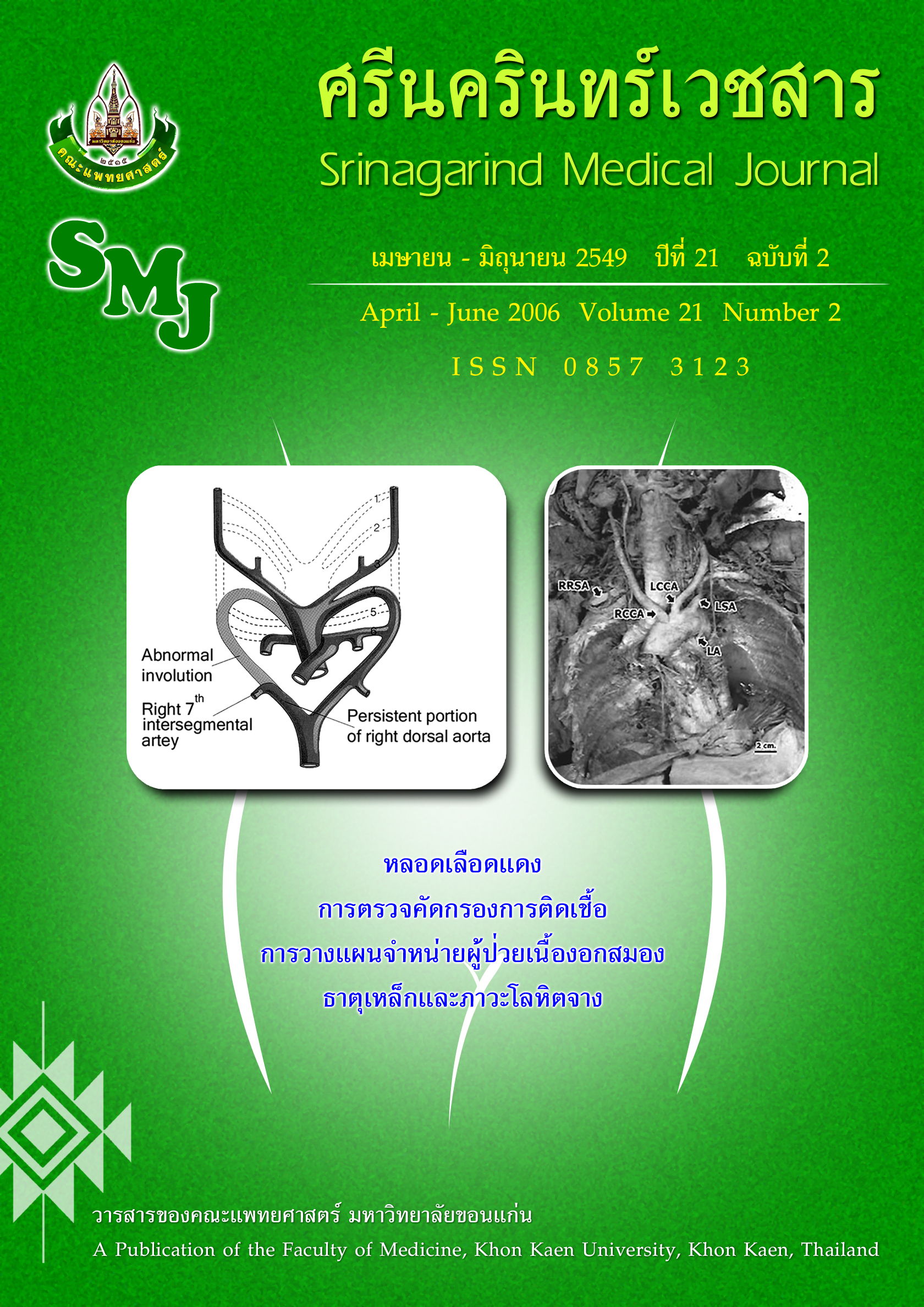Fourth Molar: A report of 2 Cases
Abstract
Background: Normal human permanent dentition consists of 32 teeth, 16 in each arch. Few individuals have outnumbered call supernumerary teeth. The figure of supernumerary teeth could be the same as normal teeth or deformed to be abnormal. The fourth molar is a kind of supernumerary tooth. From a few case reports, they resided unilaterally or bilaterally in both jawbones. Morphology and size can be similar to a normal tooth. They have been classified as a type of paramolar or distomolar tooth. The two case reports are of 2 referred patients from an orthodontist for surgical removal. Clinical aspects, evolution, genetics and the trend to produce new set of teeth from stem cells are discussed.Objectives: 1. To study morphology and comparative size of the fourth molars with the normal third molar in mandible of surgical patient.
2. To search information of tooth formation controlling in human and discussion aspects that contributed to clinical treatment and studying trends in the future.
Results: Fourth molars are presented in the mandible of both cases. One case has 4 fourth molars, 2 in mandible and 2 in maxilla. Morphology is the same as normal molar tooth. Another has 2 lower fourth molars with abnormal appearance. All of the teeth are smaller than the third molars. The problematic teeth are surgically extracted by safe standard surgery. Tooth formation found to be controlled by specific genes such as Msx1, Lhx7 and Pax9. The advance in cell biology, molecular biology and stem cells gave way to tooth bioengineering from ectomesenchymal oral tissue and stem cells in animal studies. It is promising that the third set of human dentition can be engineered in the near future.
Conclusion: Fourth molars may appear normal or abnormal in shape and size. Surgical removal is offered to treat their pathologic condition or for other required dental treatment. In the context of excess tooth can be formed in the jaws, human tooth bioengineering is closely underway for replacement of lost dentition.
Downloads
How to Cite
1.
Ruangsitt S. Fourth Molar: A report of 2 Cases. SRIMEDJ [internet]. 2013 Nov. 25 [cited 2025 Dec. 25];21(2):150-7. available from: https://li01.tci-thaijo.org/index.php/SRIMEDJ/article/view/13259
Issue
Section
Case report




